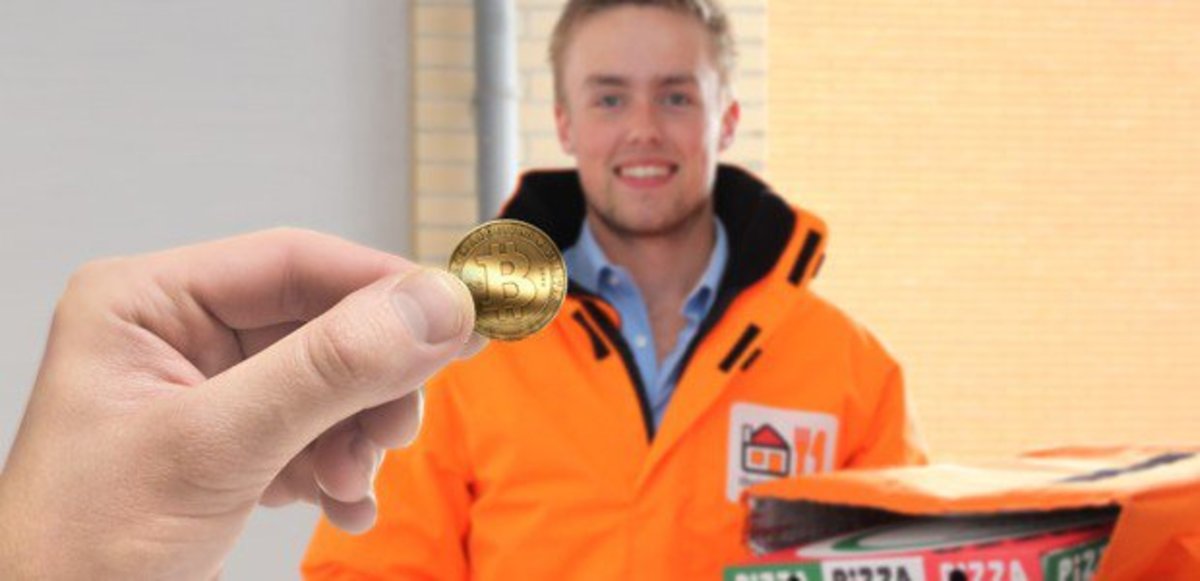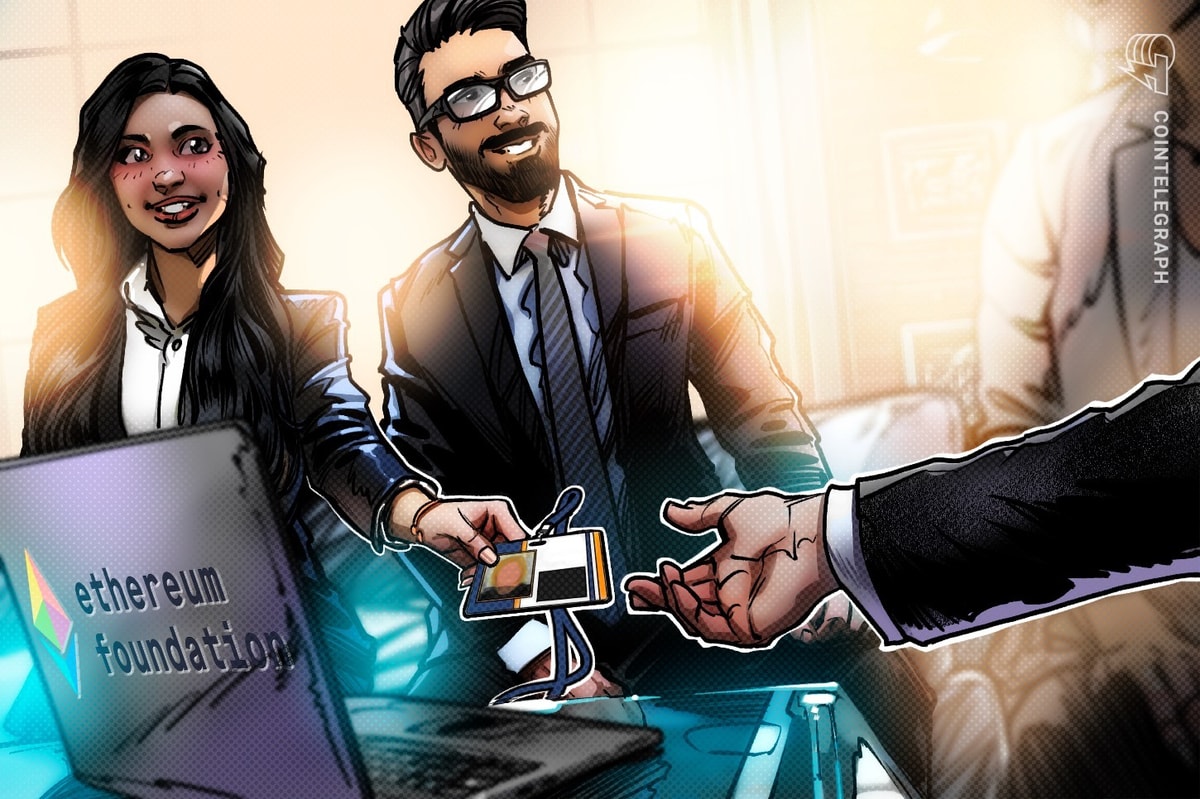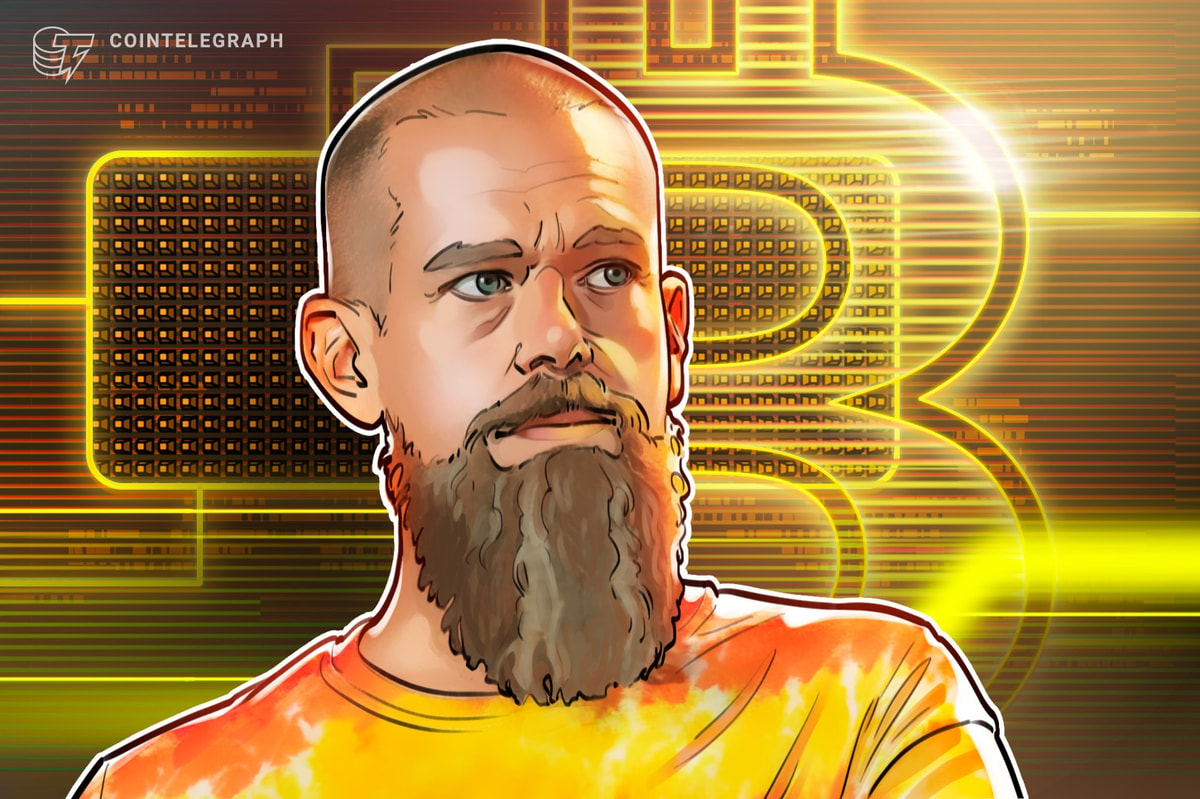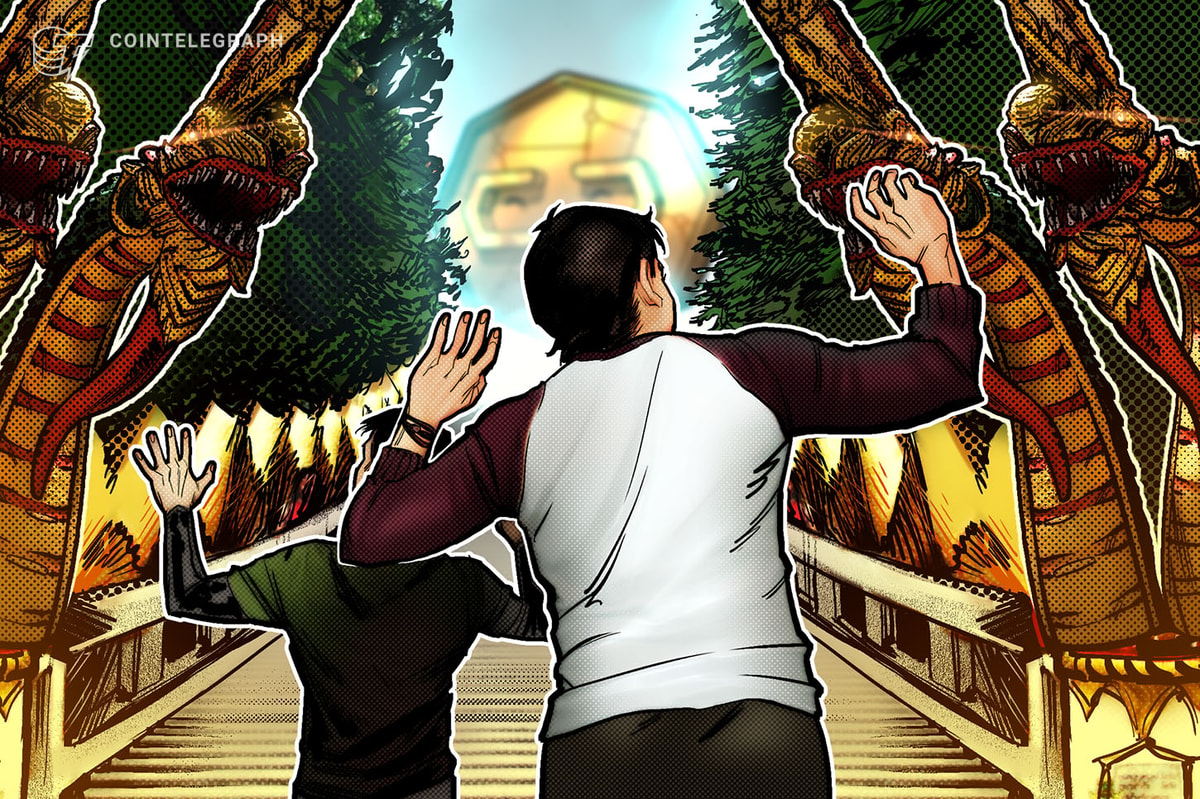
Freicoin is a Bitcoin-based currency that has a demurrage fee and zero interest, concepts proposed by Silvio Gesell to reduce hoarding and to promote the sharing of wealth. These theories have been used several times with fairly positive results.
The project is led by Jorge Timón and Mark Friedenbach. They launched a crowdfunding campaign to develop this currency, described by them as “a decentralized, distributed electronic currency designed to address the grievances of the 99 and correct the excesses of the 1.”. They didn’t achieve their target of 28.000$ but their purpose still stands. We spoke with Jorge Timón to know more about this project.
Ferdinand Reyes:What is Freicoin’s stand about the never ending energy consumption’s run for currency generation?
Jorge Timón: We tried to separate the miner’s function as the way to make the system secure and, on the other hand, as a way to generate the initial units. Bitcoin joins them but we believe that while security is important, to issue all the money through miners is an energetic waste.
For this reason we are creating Freicoin Foundation in order to issue the currency at a lower cost than with mining; in our view currency shouldn’t have a production cost.
SCIP technology is also interesting. It was spoken about in the last Bitcoin conference at San José. Is a technique that allows one to trust an untrusted computer executed a program properly with zero knowledge. This can be mining’s future: instead of working out random hashes, all this computation power can be used for useful projects like volunteer computing. For instance, there is a group in Bitcoin’s community, Curecoin, dedicated to collecting rewards for solving work units from Folding@home, a research project dedicated to finding cures to diseases.
We also support “merged mining”, namely, mining multiple chains at once, instead of chains competing for proof-of-work, they can reuse the same work. Namecoin does that with Bitcoin already and Freicoin will too because they share the same SHA256 algorithm as proof-of-work in Bitcoin. Others like Litecoin replaced it with Scrypt and can’t be merged mined.
FR: What relationship do you have with the developers of Bitcoin?JT: Mark and I are subscribed to Bitcoin’s development mailing list. We want to continue working with them, as they are the biggest development group. We want to keep the code as compatible as possible with Bitcoin to leverage the changes that we do to their codebase and conversely, to apply downstream changes at Freicoin by ourselves but if we have improvements that can affect to Bitcoin, we promote them to the main branch too.
We’re a little slower at development since we need to apply our own changes on top of Bitcoin’s last improvements, so we’re almost always a version behind.
FR:Freicoin has to do with social currency. What relationship do you have with them? What function does Freicoin?
JT: Personally, complementary currencies have interested me for a long time. From Freicoin we think the interest can be fought in two ways; as Freicoin is a scarce currency, demurrage fee is required, but some local currencies are based on mutual credit and also result in zero interest currencies: even without demurrage fee they can suppress the basic interest.
They also have an important localization factor to create a more sustainable economy; in some sectors it is interesting and efficient to localize production and consumption, as in the case of food production. This can be achieved with local currencies but not with Freicoin, since it is a global P2P currency.
Freicoin can complement social currencies helping them in the global market or, for example, allowing an immigrant to send money to another country; this can’t be done with local currency but can be done with Freicoin. It would be a way for local currencies to be truly independent of national currencies like the euro or the dollar.
We should talk about FreiMarkets when talking about Freicoin’s relation to other currencies. This is an extension of the protocol we are developing to allow issuing any local currency or even other assets that aren’t currencies inside Freicoin’s chain, and also in private servers. Local currencies’ managers may not want to wait 10 minutes for confirmations because since their system are based on trust anyway, it’s much easier for them to implement instant transactions.
Inside FreiMarkets you can issue social currencies in two ways: in private chains that instead of proof of work rely on a central accountant that users have to trust to prevent double-spoending, or issuing them in Freicoin’s chain; a similar concept to Colored coins or Mastercoins, although they don’t change Bitcoin protocol and they are limited in several ways. For instance, to exchange colored coins both parts must be online to sign simultaneously: an user can’t use an order previously signed by someone who is now offline in colored coins like he can on Freimarkets or Ripple.
To implement this extension we are going to add the type of currency/asset at the beginning of the outputs. In this way, Freicoin’s client will support any kind of different currencies; with or without interest/demurrage, for P2P loans, applying a basic income, ...
Furthermore, in a single transaction, you could exchange between various currencies as in a P2P market like Ripple. For example, a person might pay with a local currency from Barcelona while the seller could receive Freicoin or another currency.
We are also working on a new type of unique non-fungible assets called tokens which will be more useful for opening a car, numbered seats in an event or any other non-fungible smart property use case.
FR:What other projects does the Freicoin community have in mind?
JT: Besides implementing FreiMarkets’ already published design, we are working on the Freicoin Foundation’s web to distribute freicoins through a faucet and among registered nonprofit organizations. The foundation will give to them in proportion to the donations they get by themselves. A total of 80,000,000 freicoins will be distributed, discounting what will be lost by demurrage during the process.
There are more proposals on how to distribute these funds without the foundation taking too many direct decisions and that are also easy to audit (the public blockchain helps a lot on this), but these two were the simpler and most feasible to implement in the short term.
FR:At present Freicoin has little acceptance as currency and, being scarce, its implementation and circulation is slow. How do you think that associations may use it and what will you do to extend it?
JT: If associations don’t find where to spend their freicoins, they can exchange them for Bitcoins. Since Freicoin is a currency with demurrage fee, people will want it to change hands faster and this will accelerate its circulation. Merchants will be more open to accept them if they see people receiving and willing to spend freicoins.
These associations or other groups may also distribute them physically and give them practical use, as medium of exchange, among the members of a local community.
FR:Finally, the short, medium and long term of Freicoin that you foresee.
JT: We just published our FreiMarkets protocol extension proposal along with a crowdfunding campaign to develop it in the medium term. We think that it can be very well received by the Bitcoin community because we will start the merged mining, attracting more miners and avoiding having to hard-fork in the Bitcoin’s chain to have a P2P markets with similar security.
In the short term, the Foundation’s web will launch this fall and we hope to attract more people.
Moreover, with more currencies and the bigger size of the block in the chain, the development done by Mark to allow clients to work without all the history with no loss of security will be interesting.
More personally, from a company I’m creating with Mark, we want to create a website that encompasses an explorer, a pool and an exchange that allows payments with automatic conversion between Freicoin and Bitcoin. For example, if you have Freicoin deposits you can pay for a product or service with Bitcoin, exchanging the currency just before sending the transaction.
This interview has been published in Bitcoin Magazine, Issue 14










